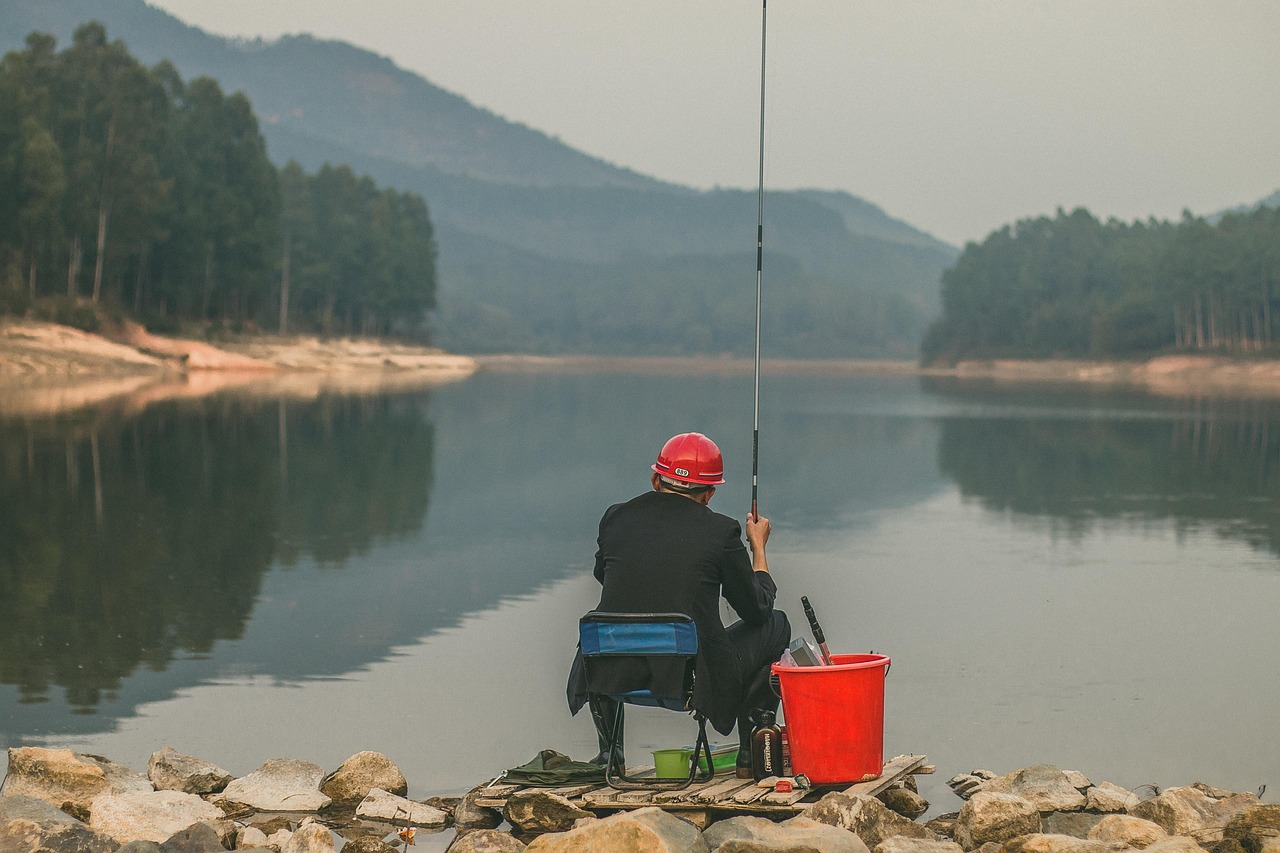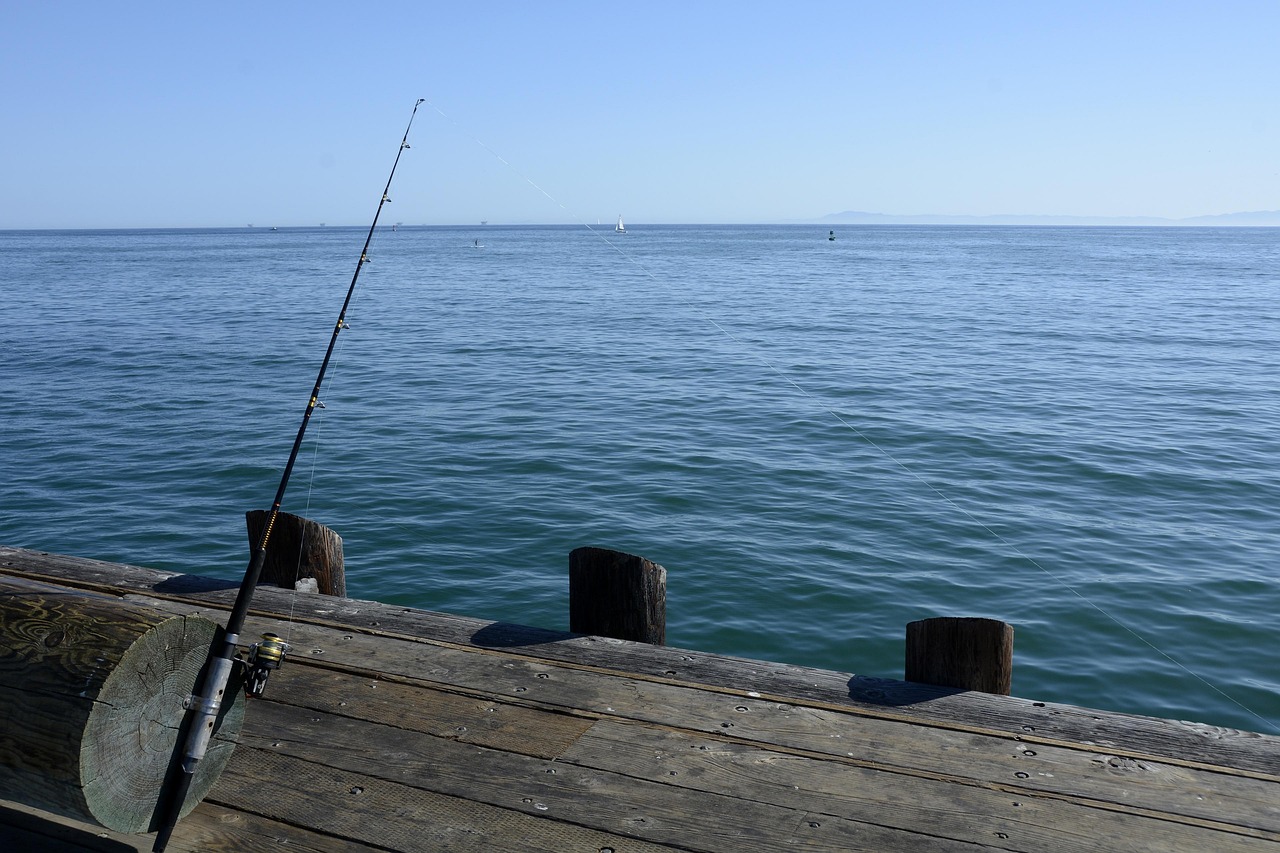Physical Address
304 North Cardinal St.
Dorchester Center, MA 02124
Physical Address
304 North Cardinal St.
Dorchester Center, MA 02124

Fishing licenses are essential for the health of California’s ecosystems and contribute significantly to the state’s conservation efforts. For anglers, purchasing a fishing license is more than a simple legal formality—it’s an investment in protecting California’s diverse waterways, preserving wildlife populations, and supporting local economies. This comprehensive guide delves into how fishing license fees fuel vital conservation initiatives, outlines regulatory updates, provides access to fishing opportunities, and shows how anglers directly contribute to the protection of the state’s precious natural resources.
In California, fishing license sales are an integral part of wildlife conservation, playing a vital role in ensuring the sustainability of the state’s fishing and aquatic habitats. The revenue generated from fishing license fees supports a wide array of programs managed by the California Department of Fish and Wildlife (CDFW), providing financial backing for efforts to restore habitats, stock fish, improve water quality, and maintain public access points for anglers.
Here’s a closer look at how the funds from fishing licenses are allocated:
Beyond conservation, fishing licenses have a positive impact on California’s economy. Fishing is not only a recreational activity but also a significant economic driver. In regions such as Clear Lake, which generates about $1 million annually from recreational fishing, the funds raised through license purchases directly contribute to local economies. The money supports:
Fishing regulations are crucial to ensuring sustainable populations of fish and protecting the state’s diverse ecosystems. With 2025 fast approaching, there are several critical regulatory changes that anglers need to be aware of to stay compliant and make the most of their fishing experience.
In 2025, changes to freshwater fishing regulations aim to safeguard fish populations and their habitats. Some key updates include:
The ocean fishing landscape in California is also seeing some significant updates for 2025:
California offers a couple of license-free days each year, allowing residents and visitors to fish without the need to purchase a license. These days are a great way to introduce friends and family to the sport of fishing while contributing to conservation efforts indirectly by raising awareness of the importance of licenses.
Additionally, many fishing piers throughout California are always free for fishing, making them ideal spots for youth outings and family-friendly events. Here are a few notable piers where you can fish without a license:
No fishing license is required on these piers, so anglers can enjoy a day on the water without worrying about purchasing a license (CDFW Pier Fishing).
California offers various fishing license options to cater to different types of anglers. The 365-day fishing license, introduced in 2023, offers year-round access for an entire 12-month period, beginning the day of purchase. This is a more flexible alternative to the traditional calendar-year license. Here’s a breakdown of the key license types:
| License Type | Cost | Best For |
|---|---|---|
| 365-Day Resident | $70.38 | Year-round anglers |
| Combination Hunt/Fish | $115.00 | Dual-sport enthusiasts (hunting and fishing) |
| Second Rod Stamp | $19.35 | Popular in high-density fishing areas like Crowley Lake |
| Lifetime Military | $701.50 | 25% discount for active-duty military personnel |
Fishing license sales contribute to essential programs, but anglers can further support conservation through active participation in advocacy and volunteering.
This program allows anglers to help protect Marine Protected Areas by reporting violations and educating others about regulations. You can submit sightings online to protect California’s coastal ecosystems.
Anglers can also participate in the Sturgeon Survey Corps, which provides financial incentives—$50 per validated catch report—for tracking sturgeon populations, a key species in California’s rivers.
In 2025, there will be 22 scheduled volunteer events across the state where anglers and conservationists can help restore critical fish habitats. These events play a crucial role in rebuilding degraded ecosystems and ensuring future generations of anglers enjoy healthy waterways (CDFW Habitat Restoration Events).
As California continues to innovate, the fishing license program remains a cornerstone of the state’s environmental and economic health. Recent changes, such as the introduction of the 365-day license, are just the beginning. The state is focusing on improving accessibility, offering additional perks for license holders, and reaching younger generations to cultivate the next wave of environmentally conscious anglers.
In conclusion, purchasing a fishing license in California is not only a legal obligation—it is a direct way for anglers to contribute to the preservation of the state’s aquatic resources. Whether you are fishing for sport or for a meal, your license purchase helps ensure that future generations can enjoy the beauty and abundance of California’s lakes, rivers, and oceans.
By supporting conservation programs, engaging in sustainable fishing practices, and advocating for better policies, California anglers are leading the way in preserving our natural heritage. So, the next time you cast your line into the water, remember that your fishing license is an investment in a healthier, more sustainable California.

